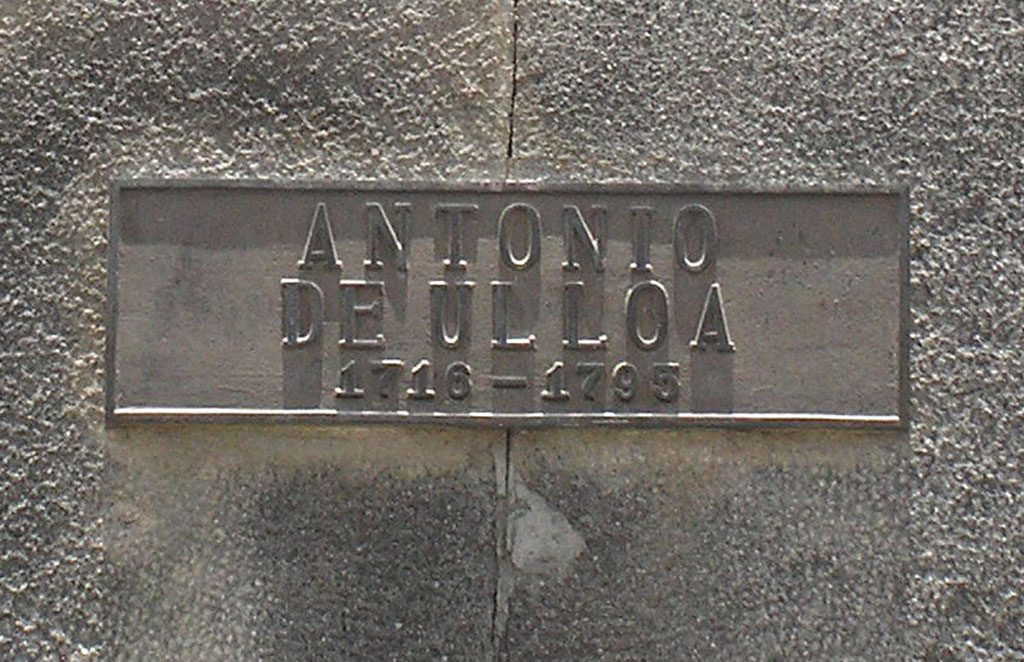Columbia/colombia112
Previous | Home | NextThe nameplate of the statue. As is common with the metals of antiquity, the identity of the "exact discoverer" of an element is sometimes ambiguous. Some scientists ascribe the discovery of platinum in 1750 to William Brownrigg, who contributed the first scientific description of platinum in London (William Watson is listed as the formal author only because he, as a member of the Royal Society, made the formal reading). But the first chemical experiments on platinum was performed by Sir Charles Wood, who was Assay Master of Jamaica" -- around 1740 in his laboratory in Kingston he analyzed platinum samples smuggled in from the Spanish colonies, measuring its density (the same as gold!) and resistance to chemical attack. And an even earlier, if not vague reference, to platinum was made by Scalinger in 1557 who mentioned that in Spanish colonies there was a metal which was impossible to melt by usual metallurgical techniques. Finally, credit might be best given to the native Americans, who originally found the metal and developed its metallurgy for use in jewelry -- at least as early as the 2nd century B.C. Courtesy, Miguel A. Monjas, under GNU License.
